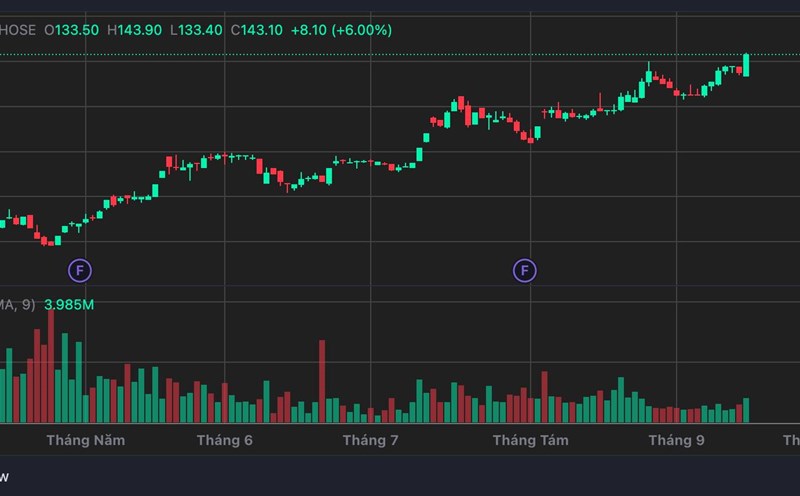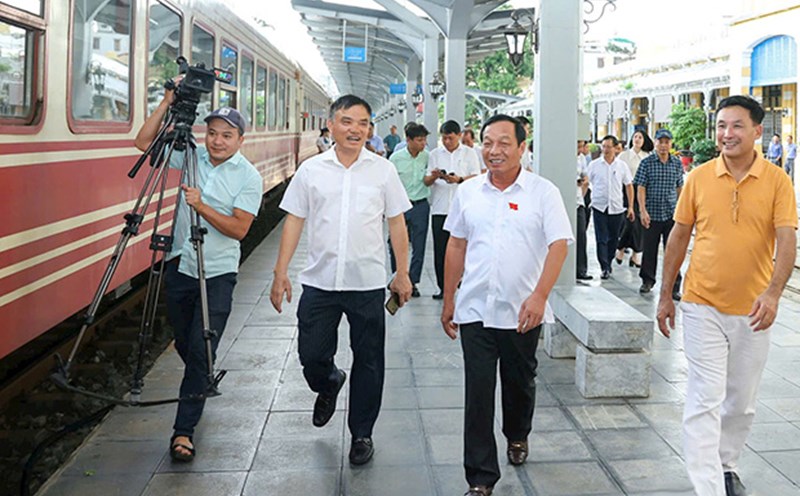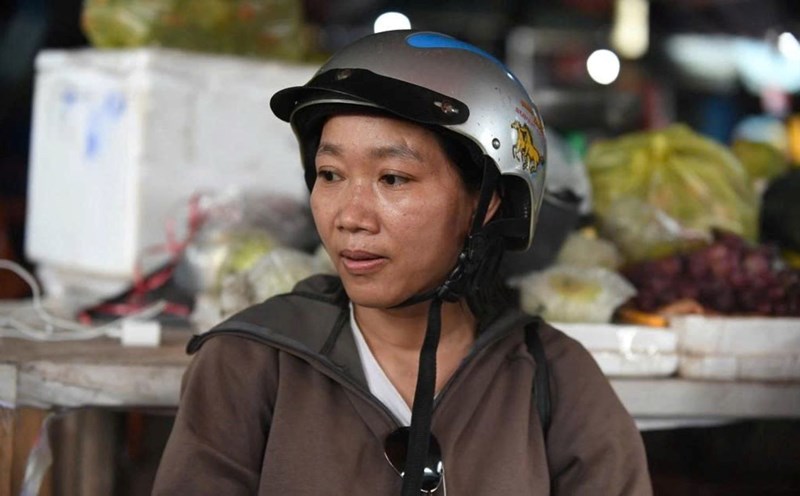As of the morning of February 29, Ha Quoc recorded 594 new COVID-19 infections, bringing the total number of viral infections in this country to 2,931 cases and 16 deaths. Also this morning, the image of Myeongdong neighborhood (Seoul) is no longer as crowded as usual. Photo: Yonhap.
Myeongdong is one of the most famous shopping areas in Seoul. However, during the days of the complicated COVID-19 epidemic, activities in this neighborhood were almost "frozen". Photo: Yonhap.
Gyesan Catholic Church (Jung District, Daegu, South Korea) has been closed amid the city's COVID-19 outbreak. Photo: Hankyoreh.
After discovering that an employee of the Export-Import Bank of Korea (Seoul) was infected with COVID-19, the bank temporarily closed. The office is expected to reopen next week. Photo: Yonhap.
The rooftop parking lot of a shopping mall in Jeonju (243 km south of Seoul) was unusually deserted on February 28, as COVID-19 spread rapidly in the country. Photo: Yonhap.
In contrast to the loneliness, at a department store in Seoul, people lined up in the rain to buy the right mask, on February 28. Photo: Yonhap.
People lined up to buy masks for several hours. Photo: Yonhap.
In the context of the complicated COVID-19 epidemic, masks have become an indispensable item for Korean people. quickly-occurring crabs are scarce on the market like never before. In the picture are Red Cross workers in Suwon (46 km south of Seoul) preparing emergency relief equipment packed with basic necessities, such as instant noodles and bottled water, to deliver to quarantined people, on February 28. Photo: Yonhap.
The South Korean government has recently called on people to stay indoors only this weekend and warned that this is an important time to fight the COVID-19 epidemic as the number of positive cases in the country is skyrocketing. Photo: Yonhap.









